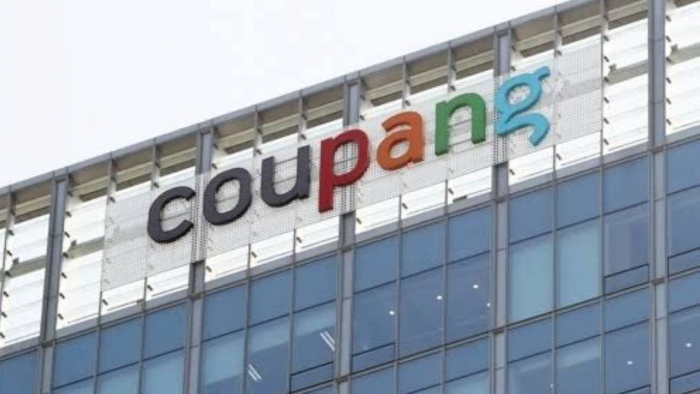The blockchain is revolutionizing how we make and receive payments, both on an individual and business level. In a time where digital threats are on the rise, and hacks, scams, and data leaks appear to be affecting every corner of the modern world, transparency has become an essential way of creating trust between parties and allowing for safer financial transactions.
But what exactly is the blockchain, and how does it improve transparency in transactions? In this article, we’ll take a deep dive into this new tech and analyze how it is improving digital security and transparency across the globe.
What is a Blockchain?
‘Blockchain’ is the world used for a distributed database or ledger that is shared across multiple computers, meaning multiple parties have access to it. The most famous blockchains are the ones associated with cryptocurrency, and these blockchains work as a giant public ledger to record crypto transactions in a secure manner.

In part because of its use of the blockchain, crypto is gaining popularity across the globe at a rapid rate. Already, in the United States, it is estimated that around 28% of adults own at least one form of crypto, and even on a government level, many states have created strategic crypto reserves so that the funds can be used for the betterment of society. However, crypto has countless other use cases in various sectors that can appeal to the layman. For example, as this PokerStrategy guide explains, when crypto is integrated into the online casino world, gamblers can enjoy tightened security, quicker transaction speeds, and lower transaction costs, alongside a whole range of additional platform-specific bonuses and incentives.
This being said, blockchain technology spans far beyond crypto and can be utilized by any industry to ensure data remains immutable and transparent. A block within the blockchain cannot be changed, and so the data held within it remains the same and is visible to all involved parties. This also eradicates the need for third-party involvement and reduces the number of people or groups that need to handle the data.
The Benefits of Blockchain Transparency
It is easy to state that the blockchain is transparent, but since this is still a relatively new form of technology, many people don’t yet know what that means or how it is beneficial. The benefits of transactional transparency are many, for example:
- Improved trust between parties.
- Increased security for financial transactions.
- Instant traceability for transactions.
- Cost Saving.
- Minimizing risk of human error.
- Removing the need for third-party ‘middle men.’
How the Blockchain Ensures Transparency For Those Involved
There are a variety of ways that blockchain technology can ensure transparency regarding payment transactions, all of which have to do with the nature of the blockchain itself. Firstly, the blockchain is a distributed ledger meaning that all those with permission can view it and see the same information. This ensures that no data is intentionally or inadvertently hidden from involved parties and everything remains above board. Additionally, the data stored on the blockchain is immutable, meaning it cannot be altered or changed by anyone, including the individual who made the transaction in the first place. This makes all transactions automatically tamper-proof and increases the security and transparency of the information stored. As for transparency, this is increased even more when we realize that all parties who have access to a blockchain can view all transactions, both past and present. Nothing can be deleted, and it is easy to return to transactions that were made in the past.
On top of this, blockchains are known for their decentralized nature. As mentioned, this means that they do not rely on the input of third-party ‘middlemen’, such as banks or other humans, to verify or handle transactions. Instead, funds can be sent on a peer-to-peer basis. By reducing the number of parties that handle the funds and instead placing the power in the hands of those directly involved in the transaction, not only is transparency improved, but so is security.
How the Blockchain Ensures Transparency for All
Although the blockchain is designed to improve transparency and security for parties directly involved in transactions, it can also be used to ensure institutions and individuals are law-abiding in their transactions. Both auditors and regulators, alongside any other users or developers, can all be given access to the same blockchain as those directly involved. Since these blocks cannot be tampered with, this makes it both ideal and simple to verify data and trace assets.
The Importance of Anonymity
Despite the variety of ways that blockchains ensure transparency, they are also excellent at making sure that the anonymity and privacy of users are kept as a priority.
- Encryption technology ensures transactions cannot be traced to an individual.
- In cryptocurrency, crypto wallet addresses are used instead of names and personal information.
- The security benefits of cryptocurrency in general contribute to the anonymity of blockchain users.
Conclusion
Blockchain technologies, especially when used in the context of cryptocurrencies, are changing the game when it comes to financial security and transparency. In fact, many people are so supportive of this kind of technology that they view it as the very future of finance itself. A blockchain has the unique ability to ensure transparency regarding financial transactions and keep everything above board, while still preserving the security and anonymity of its users.
Post Comment
Be the first to post comment!





